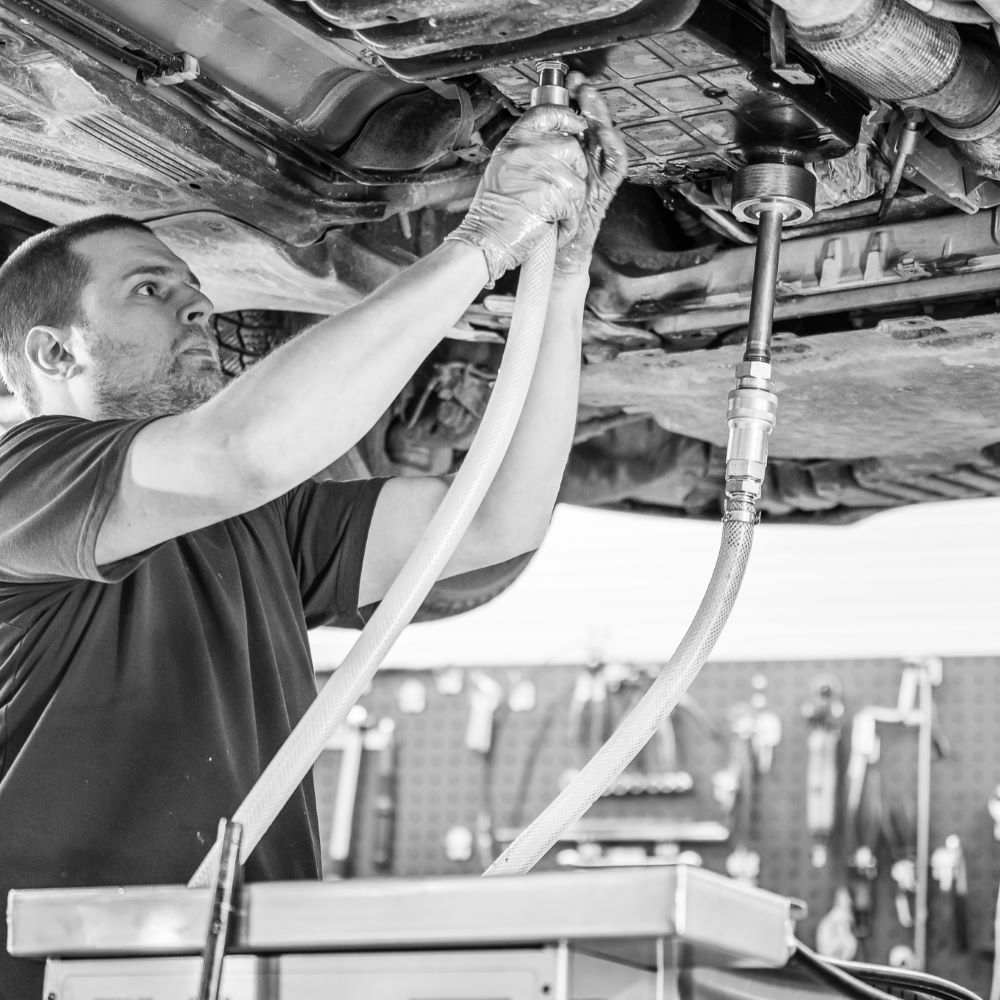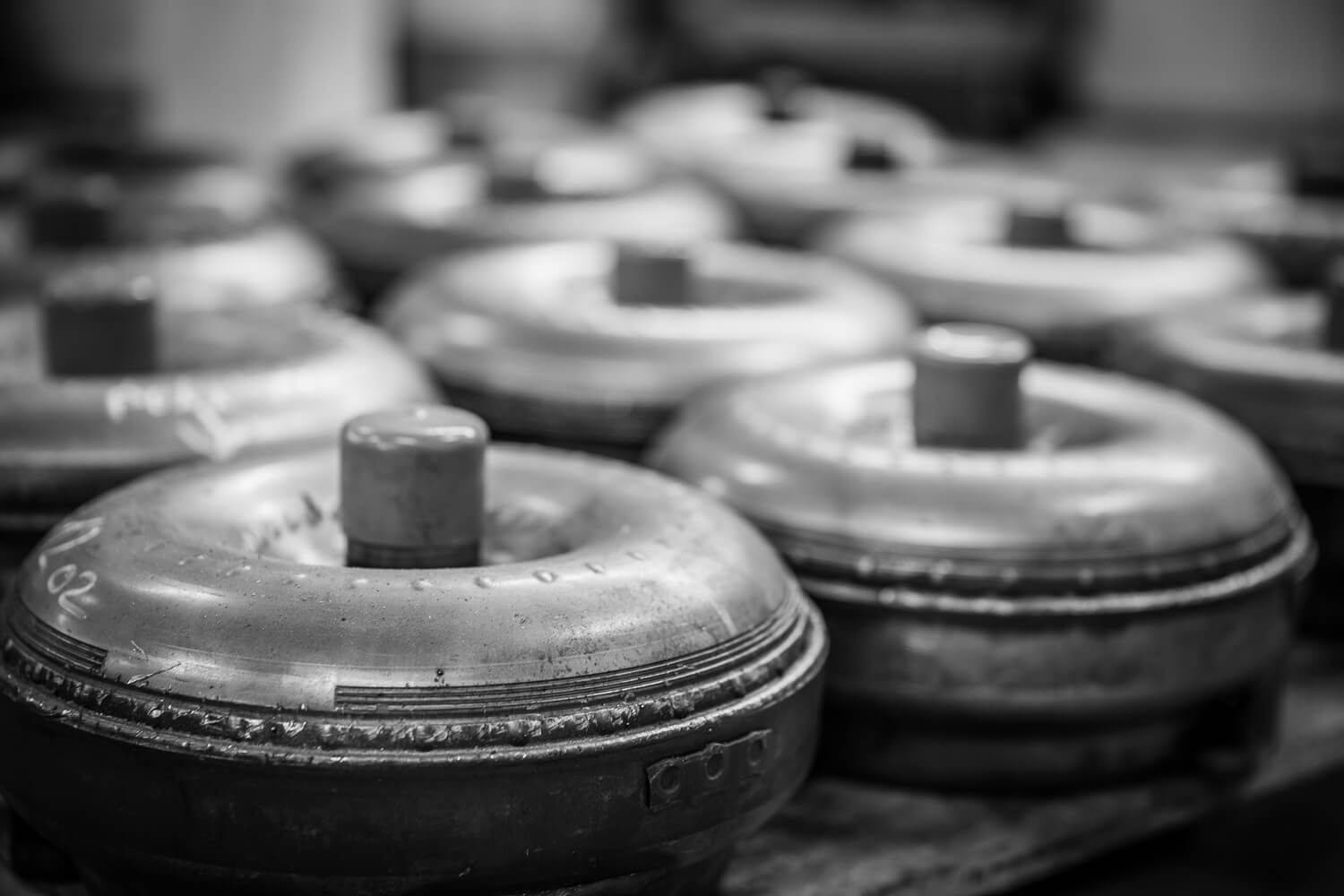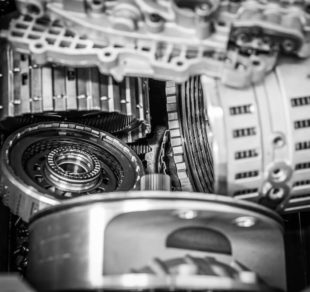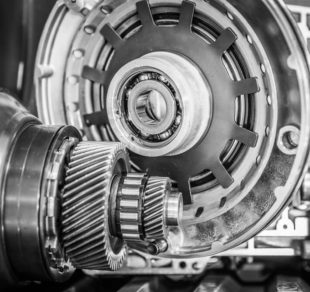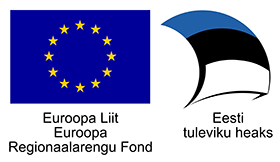
The most common errors in the transmission are:
- wear and tear and breakage of bearings
- breakage of gaskets (also due to acids)
- wear and tear and charring of clutch discs
- wear and tear contamination of the high precision surfaces of the control unit
- incorrect operation of the transmission (jerks, tremors, fluctuations in rotation, ringing, etc.).
Most of these errors are due to outdated oil, i.e. situation where some of the properties of the oil are above the critical limit.
Another major cause for transmission failure are constructional features. Engineers have made a mistake(s) in the calculations and therefore some details are broken. This is naturally accompanied by a stronger gear shift due to poor oil (strokes in the transmission). The use of improved/reinforced details in the transmission, where so-called childhood faults have already been eliminated, helps to counter this.
The third cause of the error can be considered to be the unfamiliar fluid entering the transmission. This may be water or coolant. There is a certain amount of water in each transmission – mostly it gets into the transmission when the latter cools, where each time the transmission absorbs 0.5-1l of fresh air and mostly moist air in Estonia. In addition, the water may get caught by some broken gaskets in the transmission or directly from the vent (driving through a huge goblet, breathing the vent, dripping of the condensation of the cooling system, etc.). In addition to water, the engine coolant of the vehicle may also get into the transmission. Read here what happens when an unfamiliar fluid enters the transmission!




